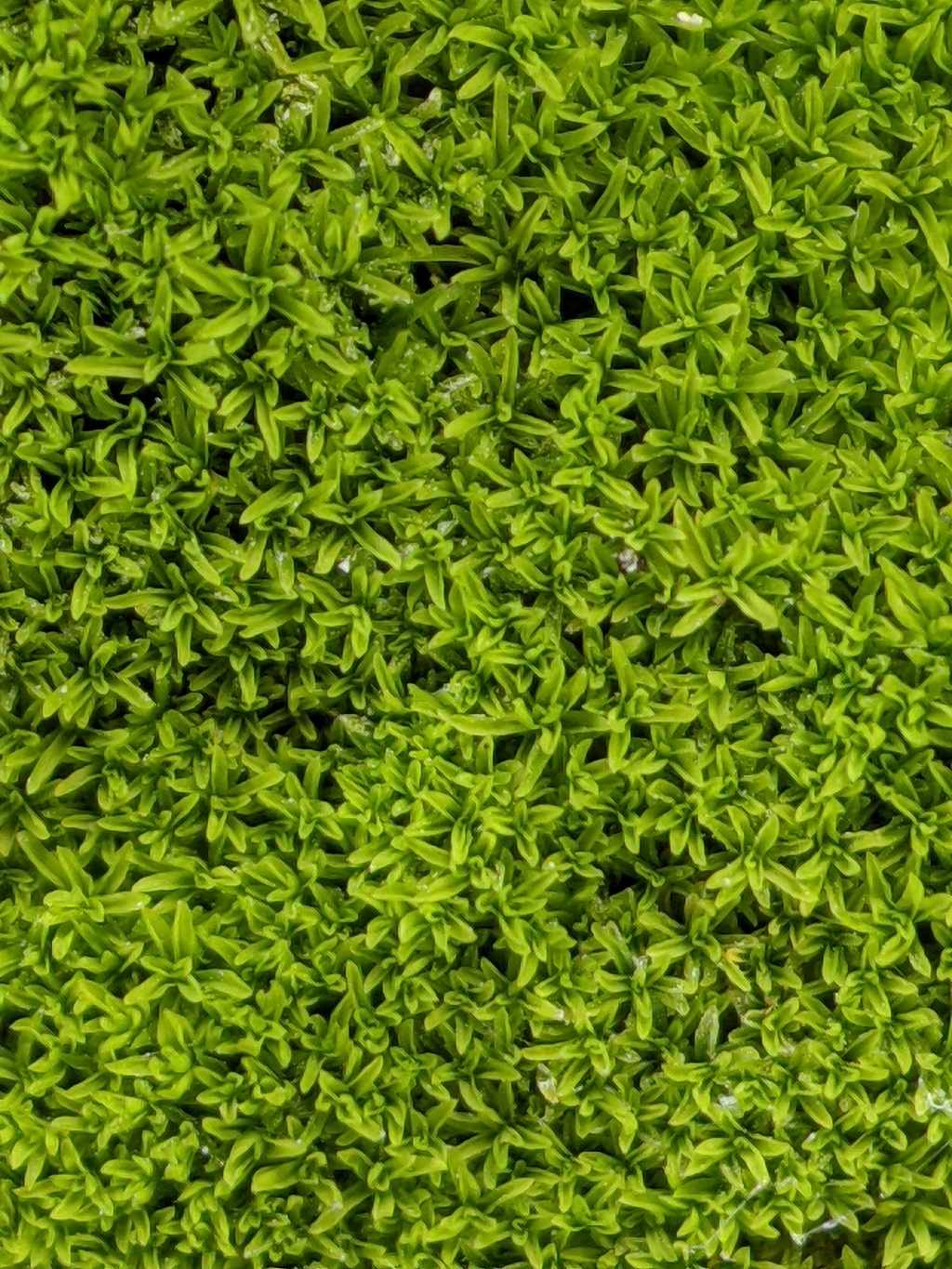Gymnostomum
Dioicous. Asexual reproduction by gemmae borne on branching stalks in leaf axils (not in Victoria) or rhizoidal tubers (not in Victoria). Turves, mats or cushions on rock. Stems frequently branched, with sparse rhizoids throughout or forming a tomentum; central strand usually present but weak; hyalodermis usually absent; sclerodermis absent or occasionally present, Leaves ligulate, lanceolate or occasionally ovate (not in Victoria) or orbicular (not in Victoria), erect-spreading to recurved when moist, appressed or incurved, and sometimes crisped when dry; apex obtuse or acute, sometimes apiculate; costa subpercurrent or percurrent (not in Victoria), with quadrate (not in Victoria) or short-rectangular to elongate adaxial superficial cells, with a differentiated adaxial epidermis, without an adaxial stereid band, without a hydroid strand, with an abaxial stereid band, without a differentiated abaxial epidermis or abaxial epidermis scarcely differentiated, with quadrate to elongate abaxial superficial cells; margin often denticulate near base (not in Victoria), otherwise entire, plane or recurved toward base (not in Victoria), without a border; laminal cells in apical half subquadrate, pluriapillose with simple or bifid papillae, unistratose or bistratose at margins in apical half, with a yellow to yellow-orange KOH reaction; basal laminal cells differentiated equidistantly from base from margin to costa or extending further near costa. Acrocarpous or cladocarpous. Capsule erect, straight, ovoid to ellipsoid, exserted, operculate, with an annulus. Calyptra cucullate, smooth. Operculum rostrate. Peristome absent.
Cosmopolitan, except Antarctica, with 24 species recognised by Zander (1993) but likely to be less due to uncertainty surrounding the boundaries of the similar and closely related genera Anoectangium and Hymenostylium; one species in Victoria.
 Spinning
SpinningZander, R.H. (1993). Genera of the Pottiaceae: Mosses of harsh environments. Bulletin of the Buffalo Society of Natural Sciences 32: 1–378.

